Optical comparators are precision measuring instruments that use light to enlarge and project a part onto a screen for inspection. They have been used for decades in the manufacturing industry to ensure the accuracy and quality of parts. Read More…
When it comes to machine vision systems, we have the tools to get the job done right. We work hard to provide the best solutions and products to meet our customers’ demand. It is our goal to work with you from start to finish on all aspects of design and production. We will do our best to provide the solution to even your most challenging requirements. Find out more by contacting us today!

A family-owned business since 1923, Barr-Thorp Electric Company, now known as Thorp Controls provides electrical control solutions for OEMs, system integrators, and industrial users. From sourcing to engineering to installation and beyond, you can rely on us for efficient, reliable solutions. Our goal is to provide you with the technology you need to be more profitable. Our machine vision...

PrimeTest Automation is a full service systems integration company with a talented in-house engineering team featuring mechanical, electrical, and software engineers. Services include: conveyor systems, machine vision components, robotic systems and rotary index dials. All systems are modeled using the latest 3-D design software, thoroughly reviewed with the customer.
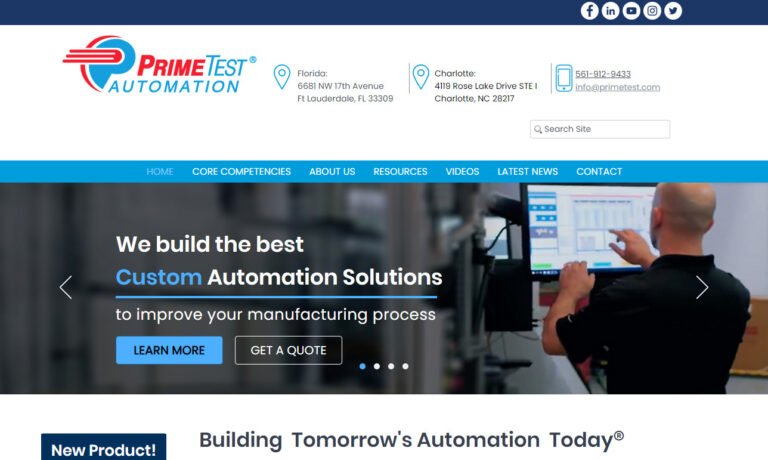
Imperx Inc. is a designer and manufacturer of high performance machine vision products, specifically digital cameras and frame grabbers. Industries served include the aerospace, industrial, commercial, and military industries. Product applications include biometrics, aerial mapping, traffic management, surveillance, homeland security, medical imaging, printing, and more.
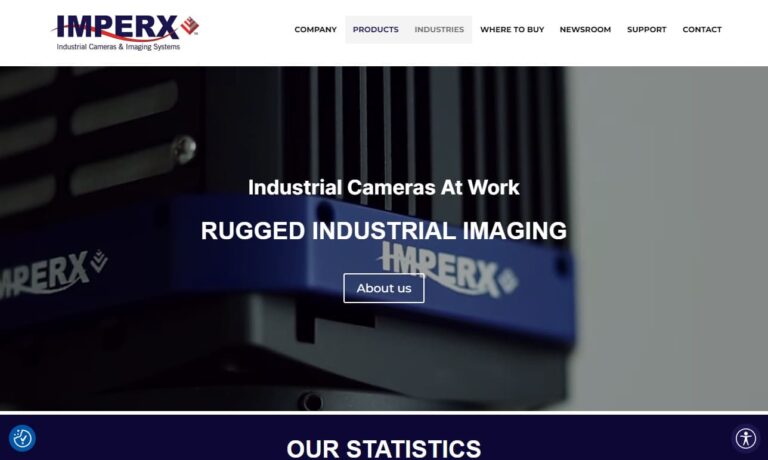
More Optical Comparator Manufacturers
This article will provide an overview of optical comparators, their history, types, how they work, applications, advantages, limitations, and future.
Types of Optical Comparators
There are three primary types of optical comparators: profile projectors, shadowgraphs, and collimators. Each of these instruments has unique features and benefits that make them well-suited for certain types of measurement applications.
Profile Projectors
Profile projectors, also known as optical comparators, use a light source and lenses to project an enlarged image of a part onto a screen. The part is placed on the stage of the comparator, and a light source is used to illuminate it. The light reflects off the part and is projected through lenses onto a screen. The operator can then use the screen to measure and inspect the part.
Profile projectors are ideal for measuring the contours, angles, and dimensions of parts. They are commonly used in the manufacturing industry for the inspection of gears, molds, and precision components. Profile projectors are easy to use, accurate, and can measure parts to within a thousandth of an inch. They are also cost-effective compared to other measuring instruments, such as coordinate measuring machines (CMMs).
Shadowgraphs
Shadowgraphs, also known as optical flats, use a light source and a precision glass plate to create an image of the part. The part is placed on the stage of the comparator, and a light source is used to illuminate it. The light reflects off the part and passes through the glass plate onto a screen. The operator can then use the screen to measure and inspect the part.
Shadowgraphs are ideal for measuring flat surfaces and parts with simple shapes. They are commonly used in the manufacturing industry for the inspection of machined surfaces, sheet metal, and stampings. Shadowgraphs are easy to use, accurate, and can measure parts to within a thousandth of an inch.
Collimators
Collimators use a light source and mirrors to create a parallel beam of light that is projected onto the part. The part is placed on the stage of the comparator, and the collimator is adjusted to project the light beam onto the part. The operator can then use the screen to measure and inspect the part.
Collimators are ideal for measuring parts with complex shapes and features. They are commonly used in the manufacturing industry for the inspection of turbine blades, gears, and other precision components. Collimators are accurate, but they require more skill and training to use than profile projectors or shadowgraphs.
Overall, the choice of optical comparator will depend on the specific measurement requirements of the application. Profile projectors are ideal for measuring contours, angles, and dimensions of parts. Shadowgraphs are well-suited for measuring flat surfaces and parts with simple shapes. Collimators are ideal for measuring parts with complex shapes and features.
How Optical Comparators Work
Optical comparators work by projecting an image of a part onto a screen for inspection. The part is placed on the stage of the comparator, and a light source is used to illuminate it. The light reflects off the part and is projected through lenses onto a screen. The operator can then use the screen to measure and inspect the part.
Applications of Optical Comparators
Optical comparators are used in various industries, including aerospace, automotive, medical, and electronics. They are commonly used in manufacturing to inspect parts for accuracy and quality. Optical comparators are used to inspect parts such as gears, molds, and precision components.
Advantages of Optical Comparators
One of the main advantages of optical comparators is their accuracy. They can measure parts to within a thousandth of an inch. They are also easy to use, and operators can quickly learn how to operate them. Optical comparators are also cost-effective compared to other measuring instruments, such as coordinate measuring machines (CMMs).
Limitations of Optical Comparators
One of the limitations of optical comparators is that they cannot measure all types of parts. Parts that are transparent, translucent, or have a complex surface cannot be accurately measured using an optical comparator. Maintenance is also required to keep the instrument in good working order.
Future of Optical Comparators
Advancements in technology are leading to the development of more sophisticated optical comparators. The future of optical comparators is bright, with new developments in digital imaging, automation, and software.
Choosing the Right Optical Comparators Company
To ensure you have the most beneficial result when purchasing optical comparators from an optical comparator manufacturer, compare several companies using our directory of optical comparator companies. Each optical comparator manufacturer has a business profile page highlighting their areas of experience and capabilities, along with a contact form to directly communicate with the company for more information or to request a quote. Review each optical comparator company’s website using our patented website previewer to quickly learn what each company specializes in. Then, use our simple RFQ form to contact multiple optical comparators companies with the same form.


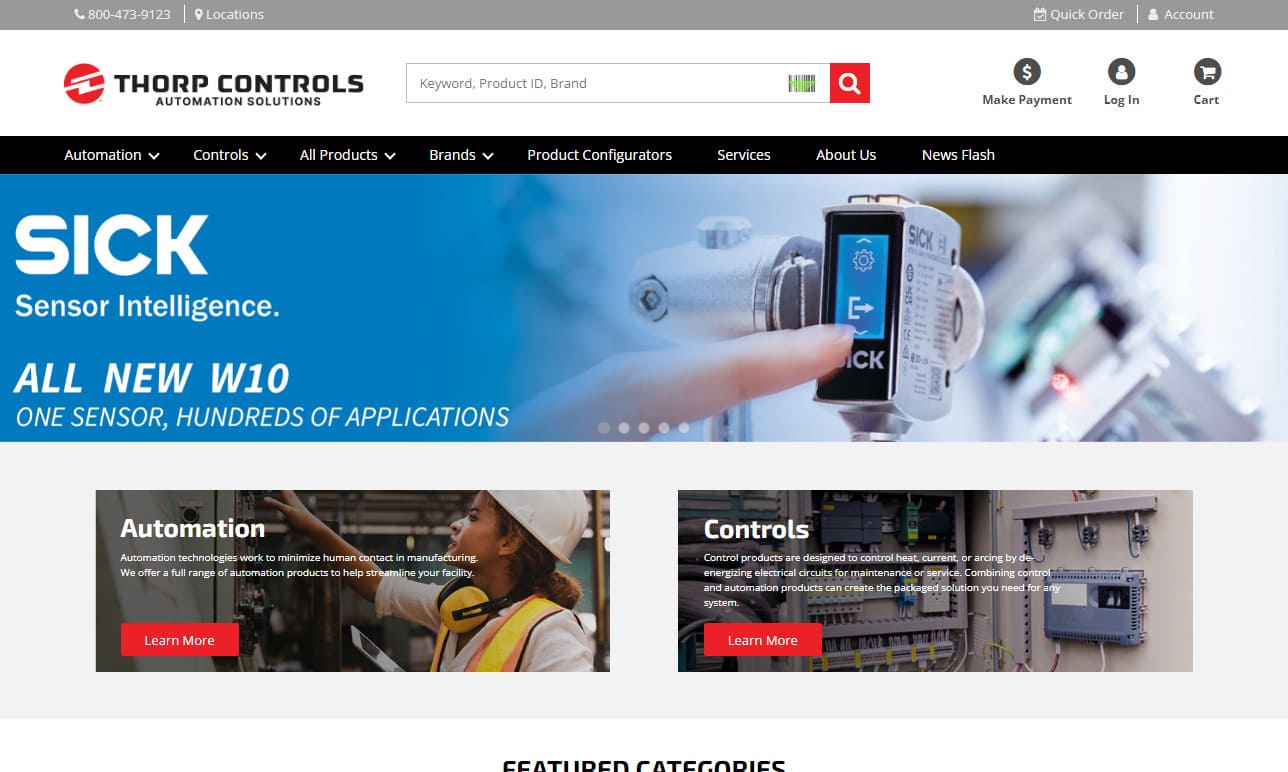
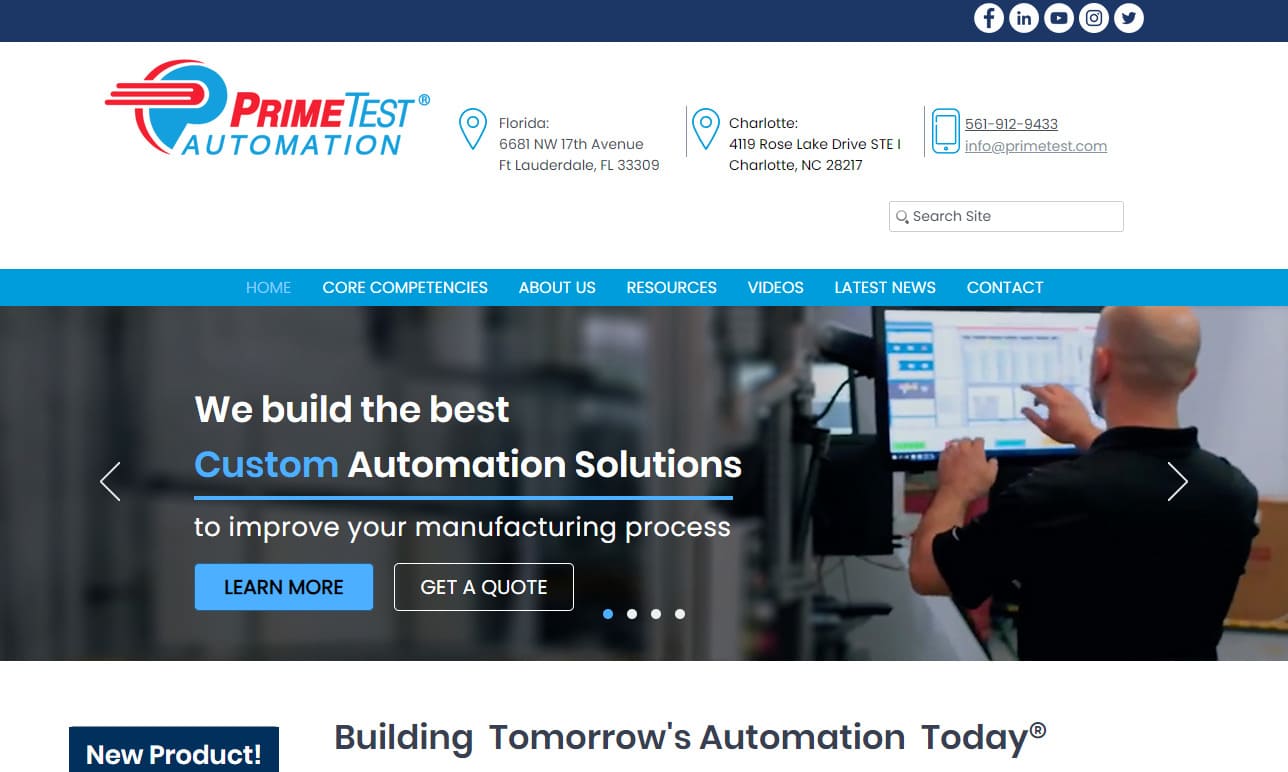
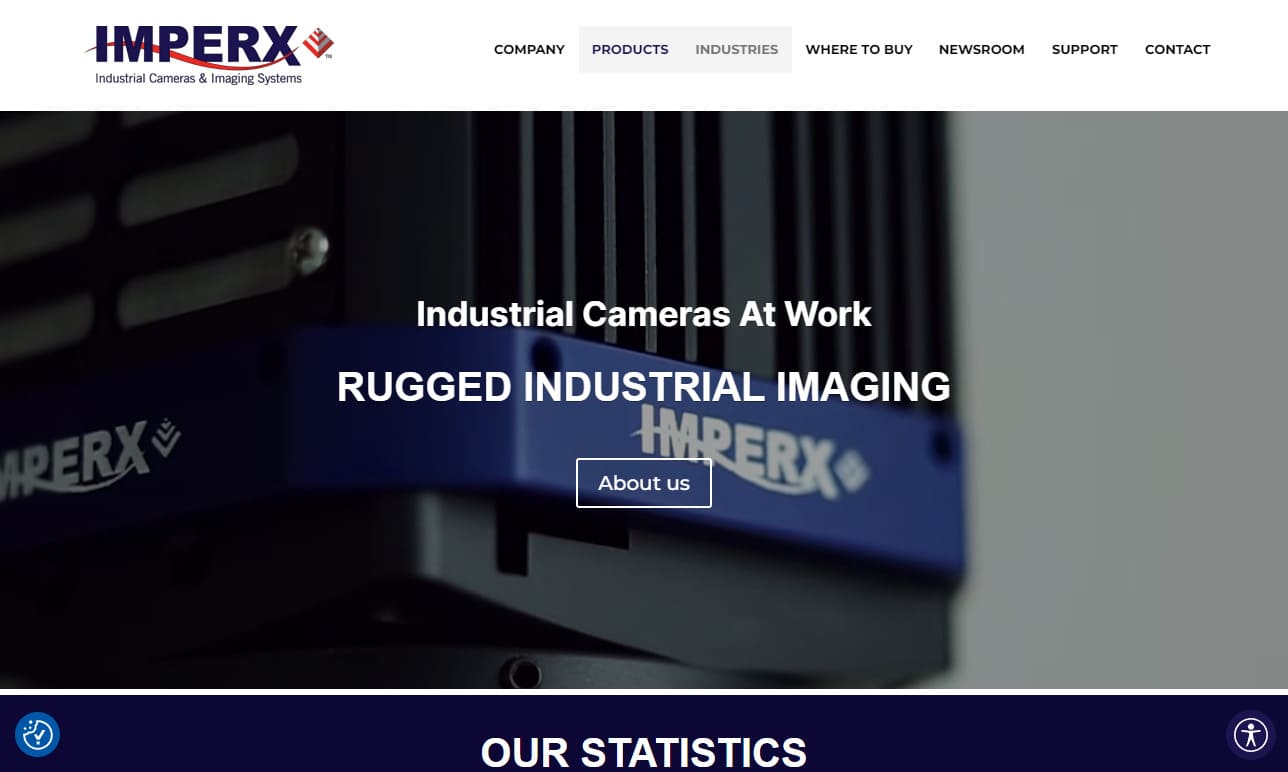
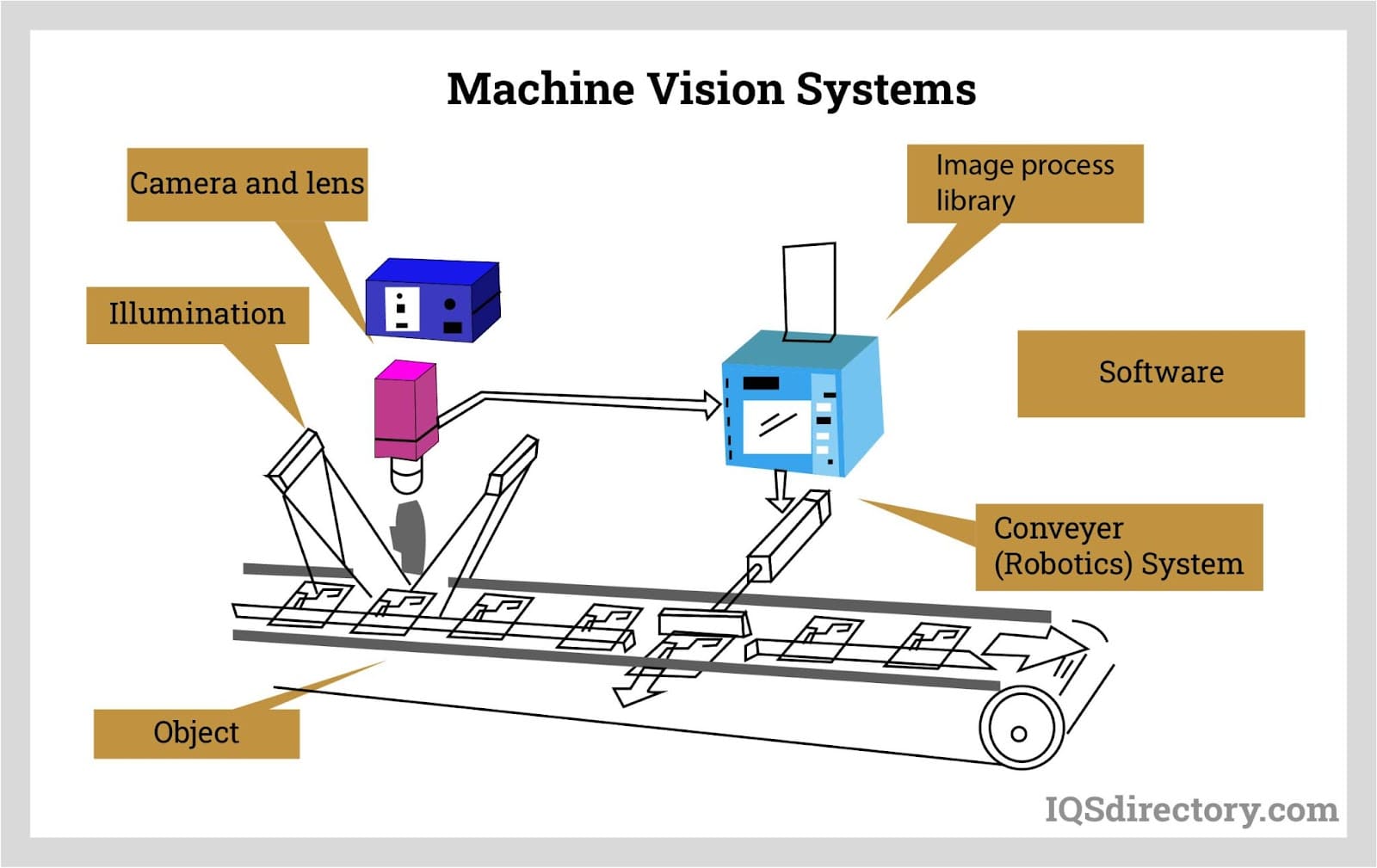
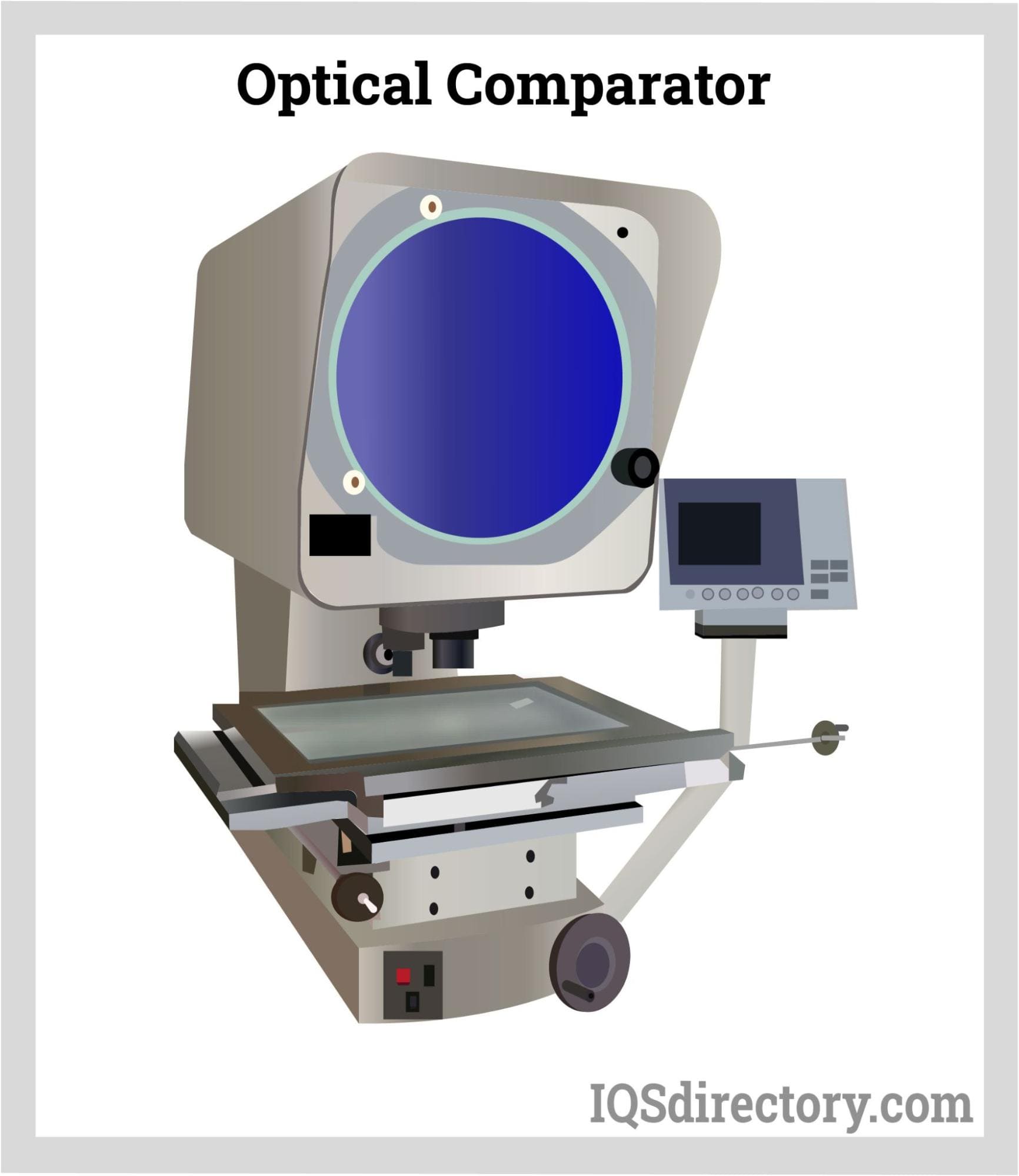
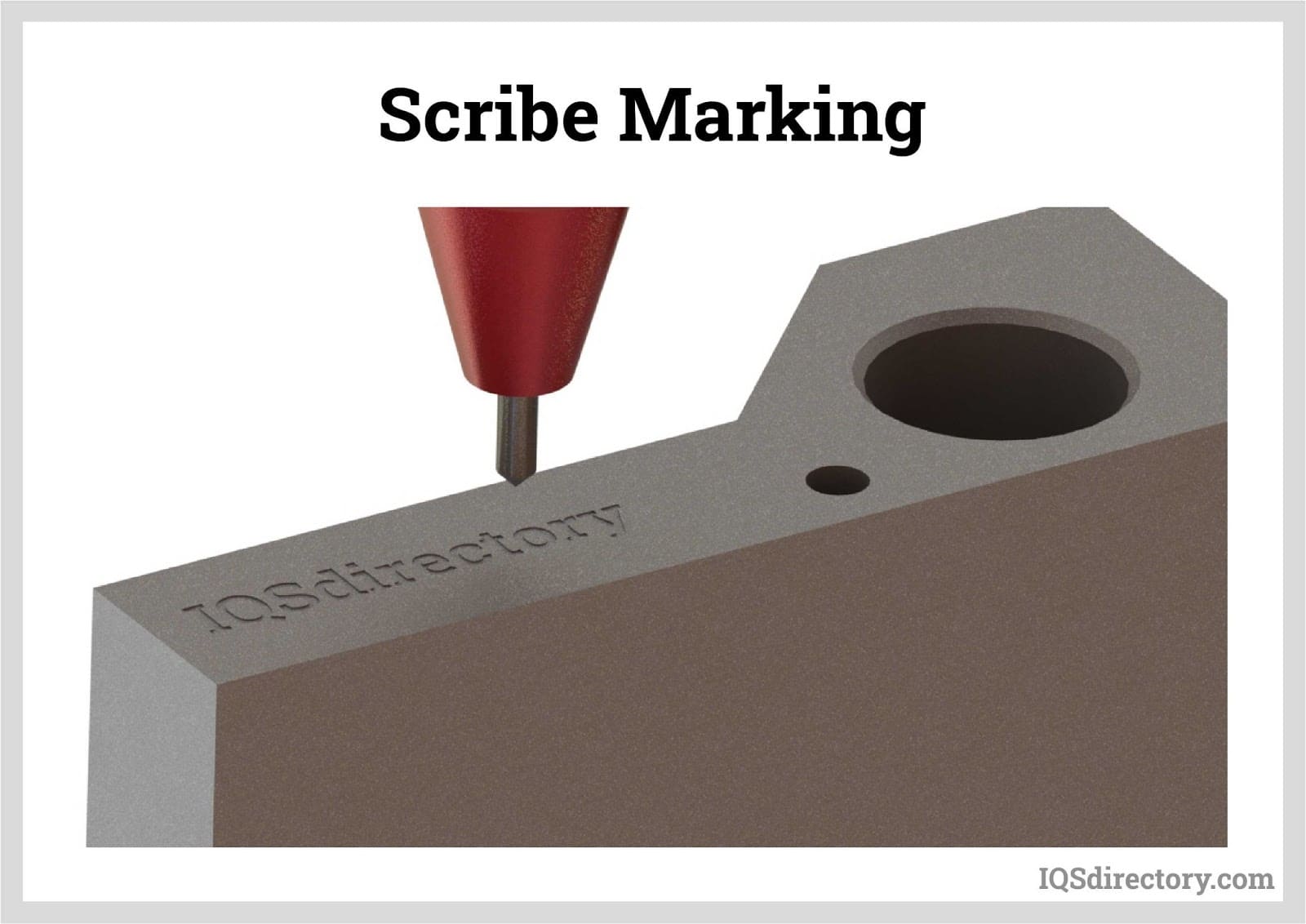
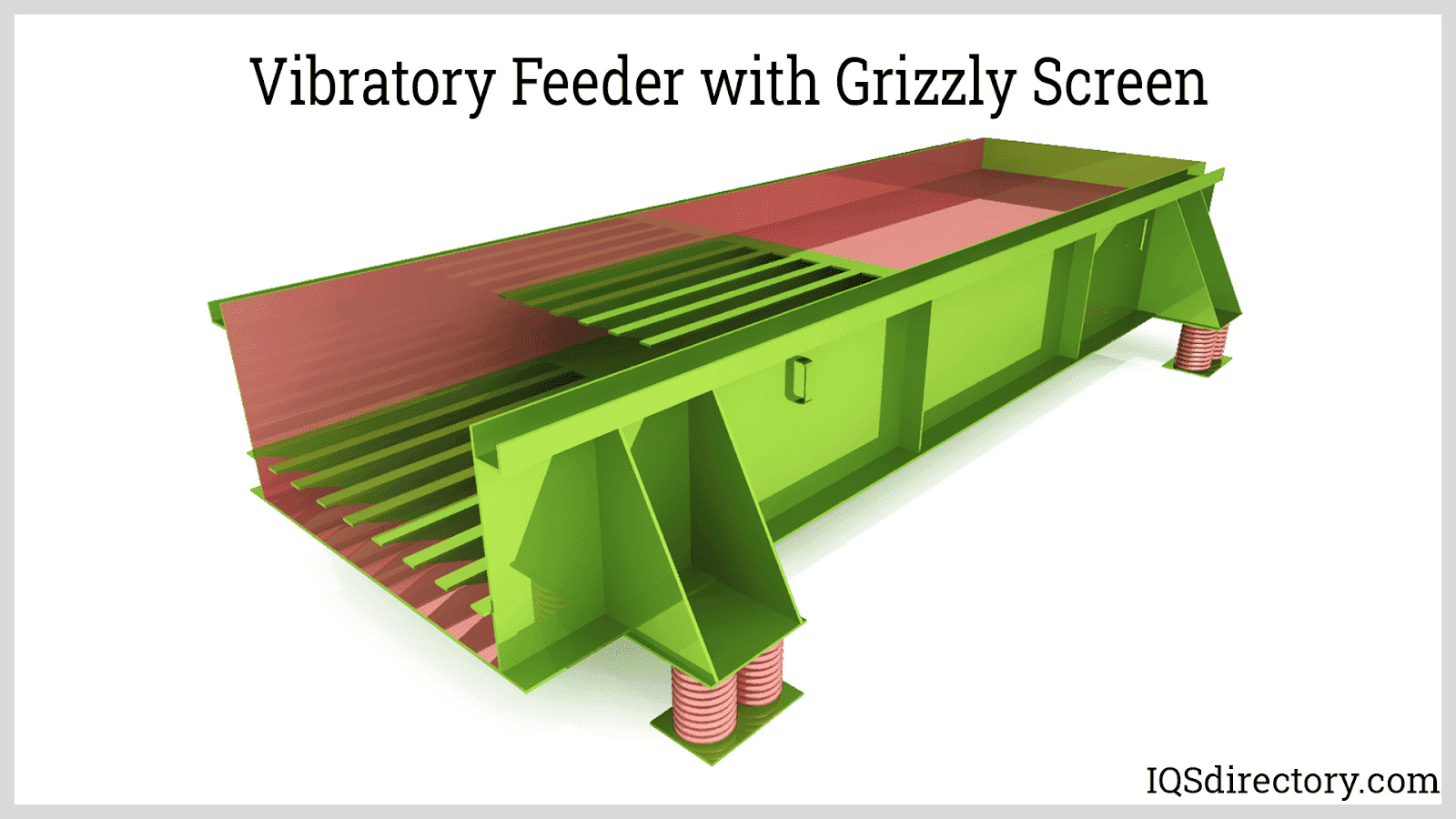

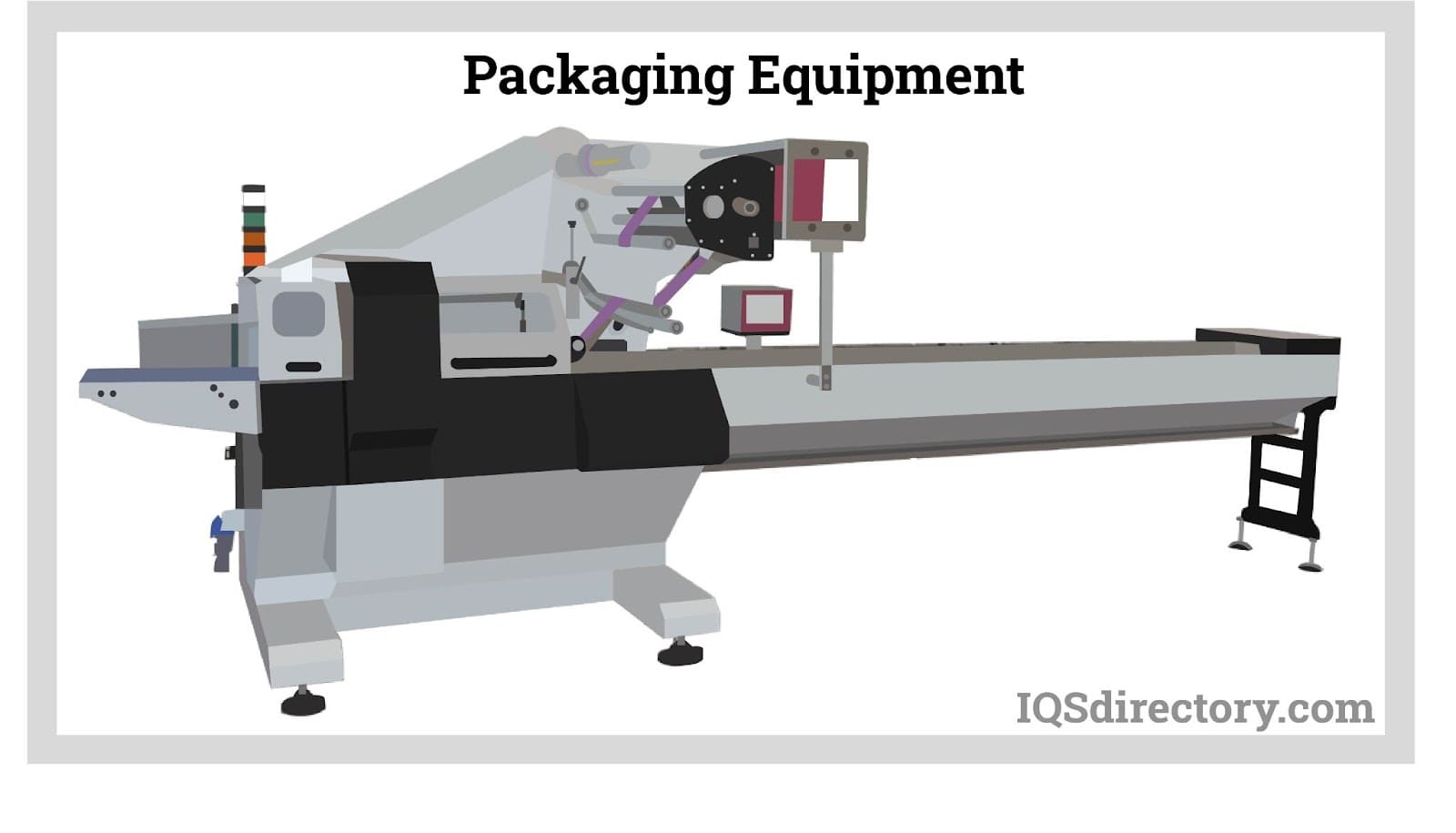
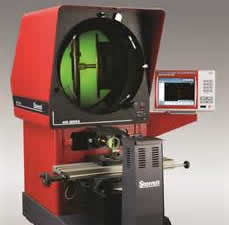 Calibration Services
Calibration Services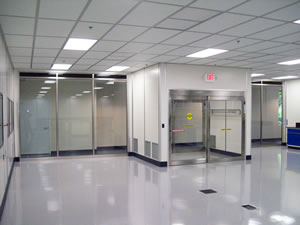 Clean Rooms
Clean Rooms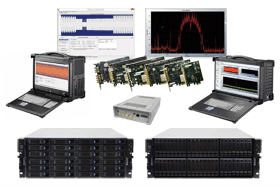 Data Acquisition Systems
Data Acquisition Systems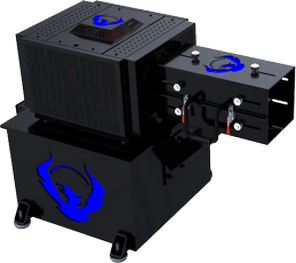 Dynamometers
Dynamometers Environmental Test Chamber
Environmental Test Chamber Leak Detectors
Leak Detectors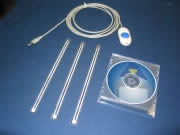 Load Cells
Load Cells Machine Vision Systems
Machine Vision Systems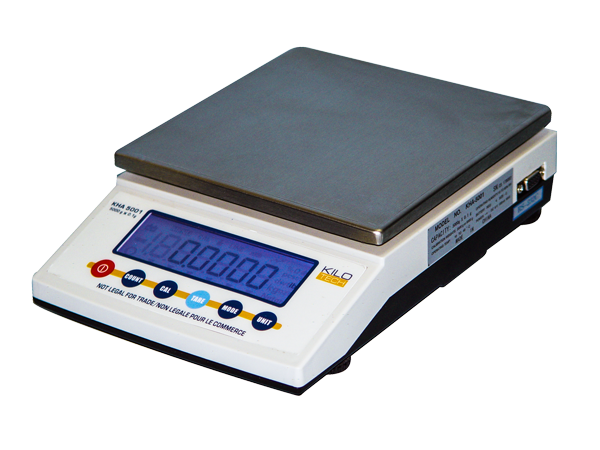 Scales
Scales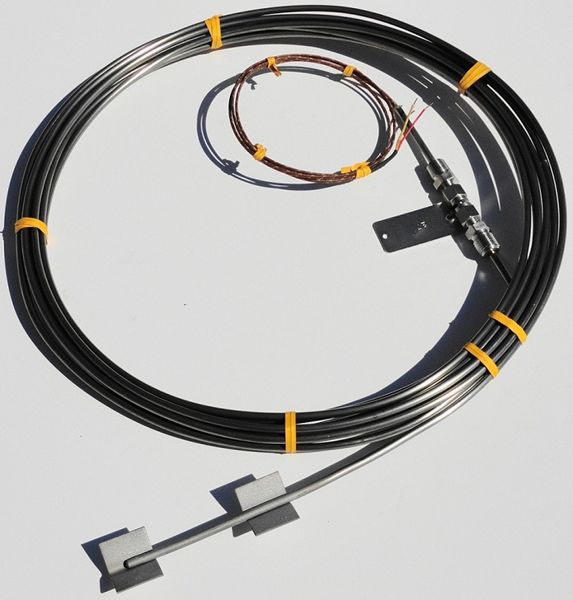 Thermocouples
Thermocouples Castings & Forgings
Castings & Forgings Bulk Material Handling
Bulk Material Handling Electrical & Electronic Components
Electrical & Electronic Components Flow Instrumentation
Flow Instrumentation Hardware
Hardware Material Handling Equipment
Material Handling Equipment Metal Cutting Services
Metal Cutting Services Metal Forming Services
Metal Forming Services Metal Suppliers
Metal Suppliers Motion Control Products
Motion Control Products Plant & Facility Equipment
Plant & Facility Equipment Plant & Facility Supplies
Plant & Facility Supplies Plastic Molding Processes
Plastic Molding Processes Pumps & Valves
Pumps & Valves Recycling Equipment
Recycling Equipment Rubber Products & Services
Rubber Products & Services